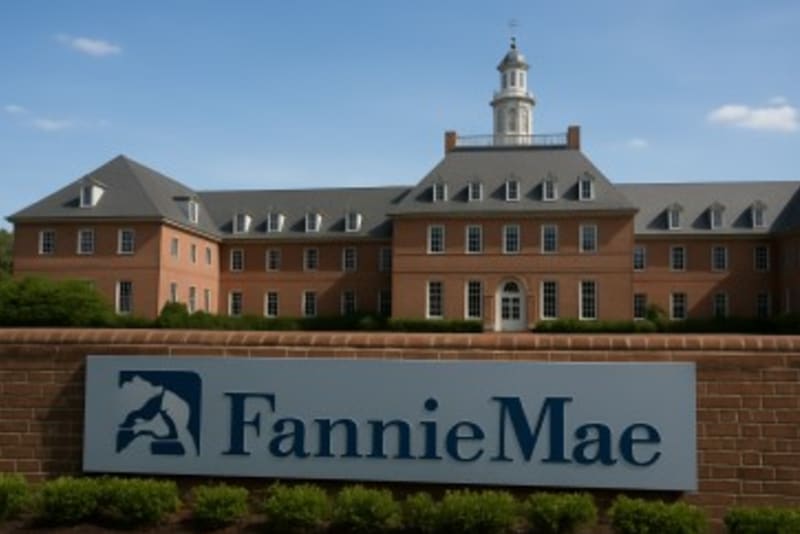WASHINGTON, D.C., October 8, 2025— Fannie Mae, the government-sponsored enterprise long regarded as a backbone of the U.S. housing market, reaffirmed its mission to expand access to affordable housing while bolstering economic stability across the country.
Founded in 1938 during the Great Depression, Fannie Mae—officially the Federal National Mortgage Association—was created to provide reliable liquidity in the housing market. Today, it stands as a critical pillar of America’s real estate system, funding mortgages that support millions of families nationwide.

Context and Background
The housing market has faced turbulence in recent years, with rising interest rates and affordability challenges hitting households hard. In response, Fannie Mae has reinforced its efforts to provide innovative financing options, expand access to credit for underserved communities, and support sustainable housing development.
Official Statements
Speaking to reporters, Fannie Mae CEO Priscilla Almodovar emphasized the organization’s dual role as both an economic stabilizer and a community builder.
“Our mission is to make housing accessible and sustainable for all Americans. We are not just financing homes; we are investing in families, communities, and the future of this country,” she said.
Housing advocates have praised Fannie Mae’s consistent support during uncertain economic conditions. At the same time, critics argue that the reliance on government-backed entities exposes taxpayers to potential risks if the housing market weakens further.
Balanced Reporting
While Fannie Mae’s impact is widely acknowledged, experts stress that it must balance market stability with financial prudence. Allegations have surfaced in the past that government-sponsored enterprises encouraged risky lending before the 2008 crisis. Regulators, however, maintain that reforms have since strengthened oversight and reduced systemic vulnerabilities.
Looking Ahead
Policy experts believe Fannie Mae will continue playing a key role as the nation tackles affordability challenges. Upcoming policy reviews may further redefine its responsibilities, particularly regarding first-time homebuyers and green housing initiatives.
“The next decade will test how effectively Fannie Mae can evolve to meet the needs of a changing housing landscape,” noted housing policy analyst Laura Mitchell.
For now, millions of Americans continue to depend on its presence in the market, making Fannie Mae not just a financial institution but a cornerstone of American homeownership dreams.








Comments
No comments yet. Be the first to comment!